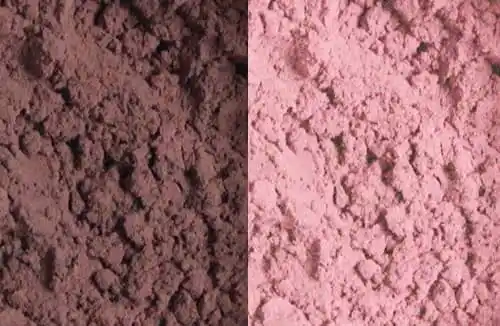
The Uses and Benefits of Thermochromic Pigments Explained
April 13th, 2023Thermochromic pigments are a unique and fascinating material that has gained popularity over the years. These pigments change color with temperature variations, making them ideal for a wide range of applications. They are made of thermochromic dyes that are encapsulated in polymer capsules, which burst and release the dye when exposed to hot or cold..
Read more >>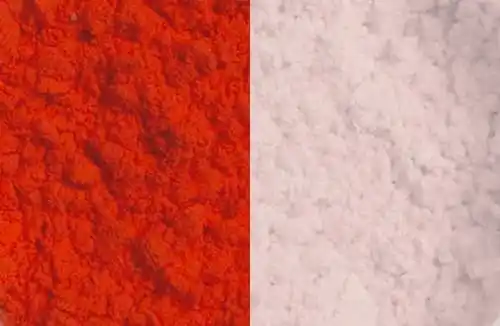
Can Thermochromic Pigments be Combined with Other Pigments?
April 10th, 2023Thermochromic pigments are becoming increasingly popular within industries ranging from food to automotive manufacturing to textiles. They offer a wide range of benefits, from providing a fun visual experience and stunning color effects to indicating temperatures and safety conditions. On the other hand, standard pigments have been used for decades in a variety of industrial..
Read more >>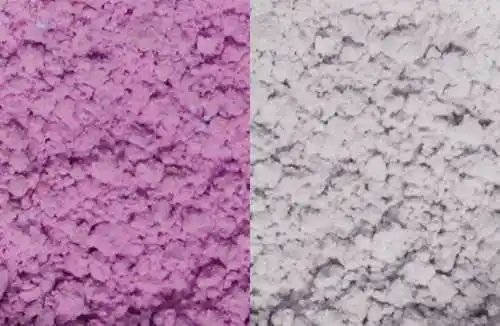
How long do thermochromic pigments last?
April 7th, 2023Thermochromic pigments are a unique type of pigment that change color in response to changes in temperature. These pigments are composed of tiny microcapsules that contain a heat-sensitive chemical compound. When exposed to heat, the chemical compound inside the microcapsules undergoes a reaction and changes color. One frequent question about thermochromic pigments is how long..
Read more >>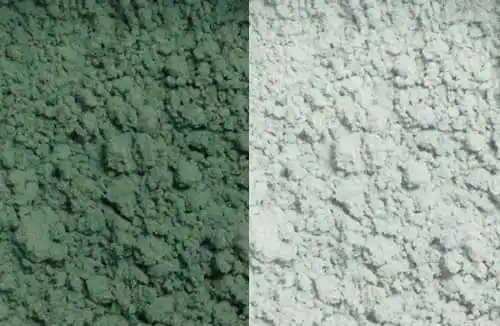
Some popular applications for thermochromic pigments
April 4th, 2023Thermochromic pigments are intelligent materials that change color in response to temperature changes. They have been gaining popularity in recent years as designers use them in a variety of applications. In this article, we will explore some of the most popular applications for thermochromic pigments and how they are being used in various industries. What..
Read more >>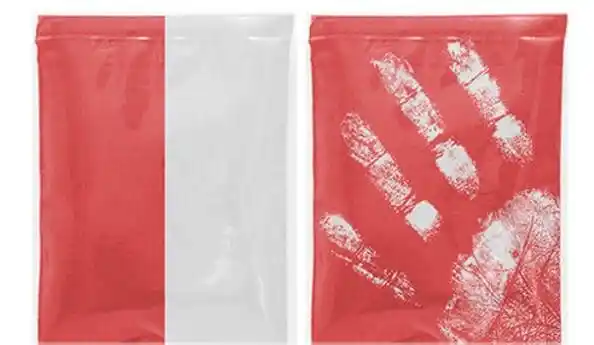
What are thermochromic pigments?
March 29th, 2023Thermochromic pigment is a kind of magical chemical material that can change its color according to the change of ambient temperature. Thermochromic pigments are used in many fields, such as food packaging, cosmetics, clothing, interior design, etc. The working principle of heat-sensitive color-changing pigments is that when the temperature changes, the chemical bonds between the..
Read more >>